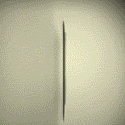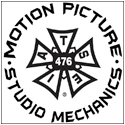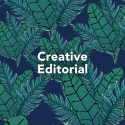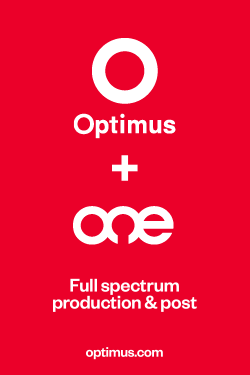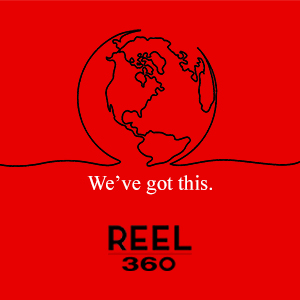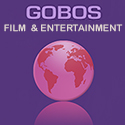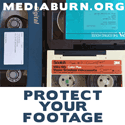
Media Burn Archive is hosting the Guerrilla Television: The Revolutions of Early Independent Video Symposium – featuring newly-digitized works from the movement and offering a rare opportunity to discuss them with the filmmakers who created them.
From Friday, April 19 to Sunday, the 21st, this unique event will be the public’s first opportunity to watch historic films made by citizen journalists, innovative artists, and community groups, who set out to use the first hand-held cameras available on the mass market to put television-making in the hands of the people in the 1970s.
Media Burn Executive Director Sara Chapman explains, “Some of the most trailblazing and radical documentary work in American history has been seen by only a handful of people. These newly available videos will permanently change our understanding of American media history.”
The screening on Friday, April 19 will highlight key works of early independent video, introduced by the artists and activists who made them. The videos range from colorful abstract electronic compositions to goofy comedy skits to portraits of the kinds of ordinary people who weren’t usually seen on TV or in movies. They include both revelatory new discoveries receiving their first public screenings in nearly 50 years as well as celebrated classics of the movement.
DETAILS:
WHAT: A free symposium bringing together artists, scholars, and the general public for screenings, interactive activities, and panels. Panels include video activism, feminism, video art, community video, and contemporary activist practice.
WHO: Chicago filmmakers participating include:
- Eleanor Boyer, videomaker and director, Loop YWCA’s Women’s Video Project
- Judy Hoffman, filmmaker and professor emeritus at University of Chicago
- Judith McCray, journalist, Juneteenth Productions
- Mirko Popadic, media activist and member of Communications for Change
- Gordon Quinn, co-founder of Kartemquin Films
- Barbara Sykes, video artist and former professor at Columbia College Chicago.
- Denise Zaccardi, founder and executive director, Community TV Network
WHERE: University of Chicago Cobb Hall, 5811 S Ellis Ave, Chicago IL 60637
“Much of this material was never taken seriously at the time,” says Dr. Daniel Morgan, professor and chair of the University of Chicago Department of Cinema and Media Studies. “It wasn’t preserved. It wasn’t archived. It wasn’t restored. And so much of the work that we’re presenting has never been seen since the moment it was shot, or since the time it was first screened. It forms a kind of amazing record of the American democratic ethos.”
Many people think that citizen-produced videos are a phenomenon of the Internet age, but decades earlier, artists, hippies, journalists, and community organizers picked up video cameras and created pirate TV stations, community centers, and art installations that used the new medium in ways that encouraged participation, feedback, and contributions from its audience.
The proponents of Guerrilla Television threw out the existing rules of broadcast television, and the revolution quickly spread. The result was a remarkably democratic movement, one in which communities that rarely appeared on TV – women, poor people, people of color, political radicals, queer people – told their own stories.
Media Burn Archive, in partnership with the University of Chicago, has collected more than a thousand of these tapes from organizations and individuals around the country, digitized them, and made them available to the public for the first time in fifty years. This vast treasure trove will revolutionize our understanding of this forgotten media revolution.
“When Sony rolled out the small format video in the late 1960s, this revolutionary equipment placed TV in the hands of everyday people,” said longtime filmmaker Judy Hoffman, retired professor of practice in the arts at University of Chicago. “The technology intersected at a time of cultural upheaval when people questioned how broadcast TV was produced. Those of us interested in changing our relationship to TV got hold of this equipment.”
But, by the end of the decade, the very medium that enabled this revolution – half inch reel-to-reel videotape – became completely obsolete and vanished into obscurity. It has been almost impossible for anyone to see this media for the past 50 years.
This project was funded in part by a half a million dollar grant from the Council on Library and Information Resources (CLIR).
ALSO READ:






